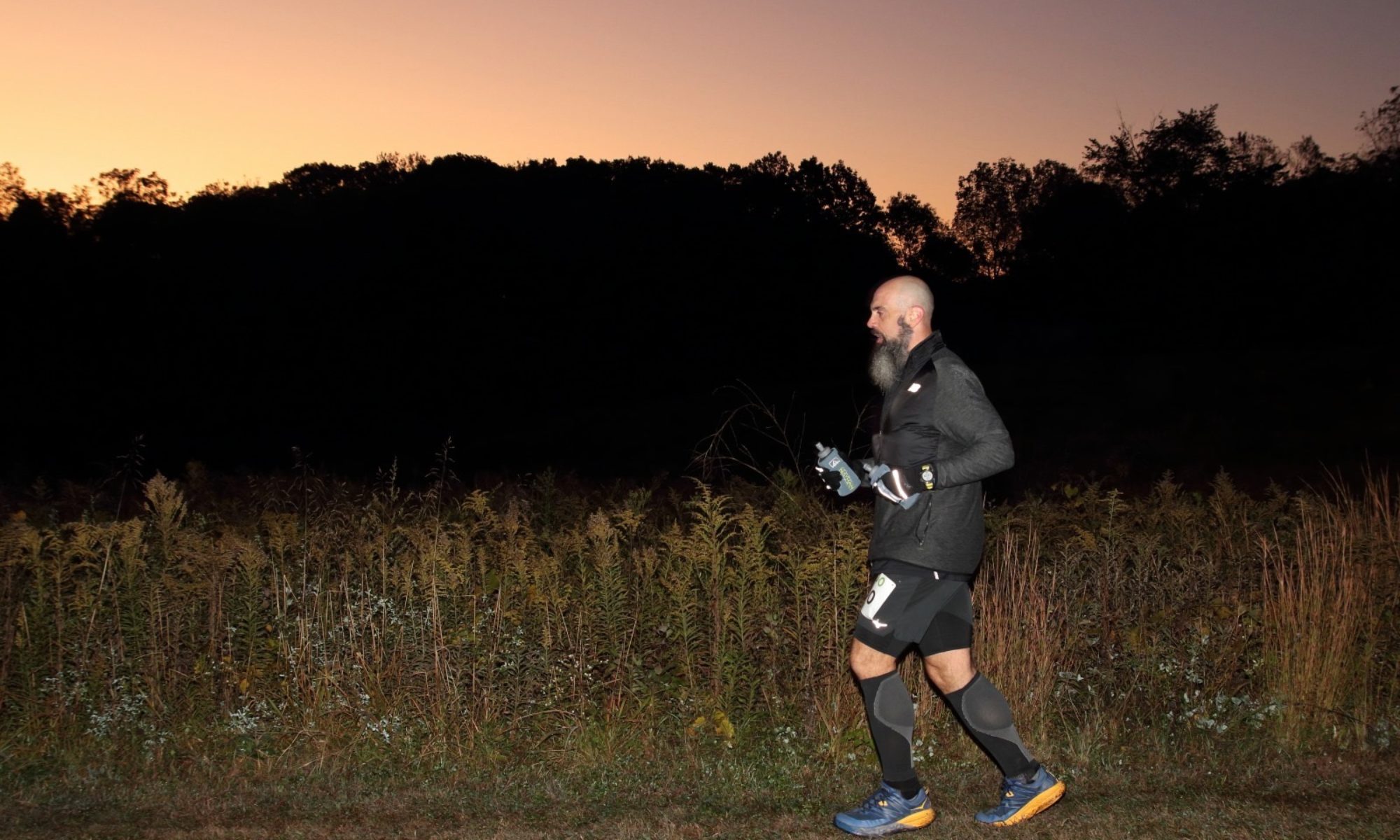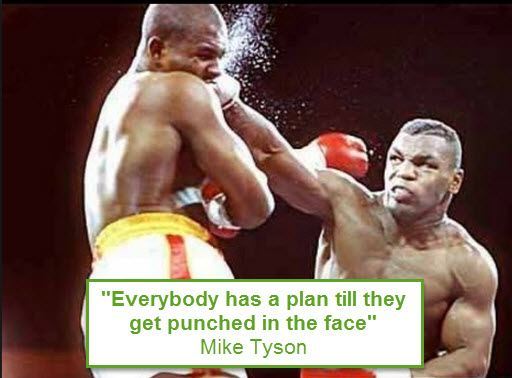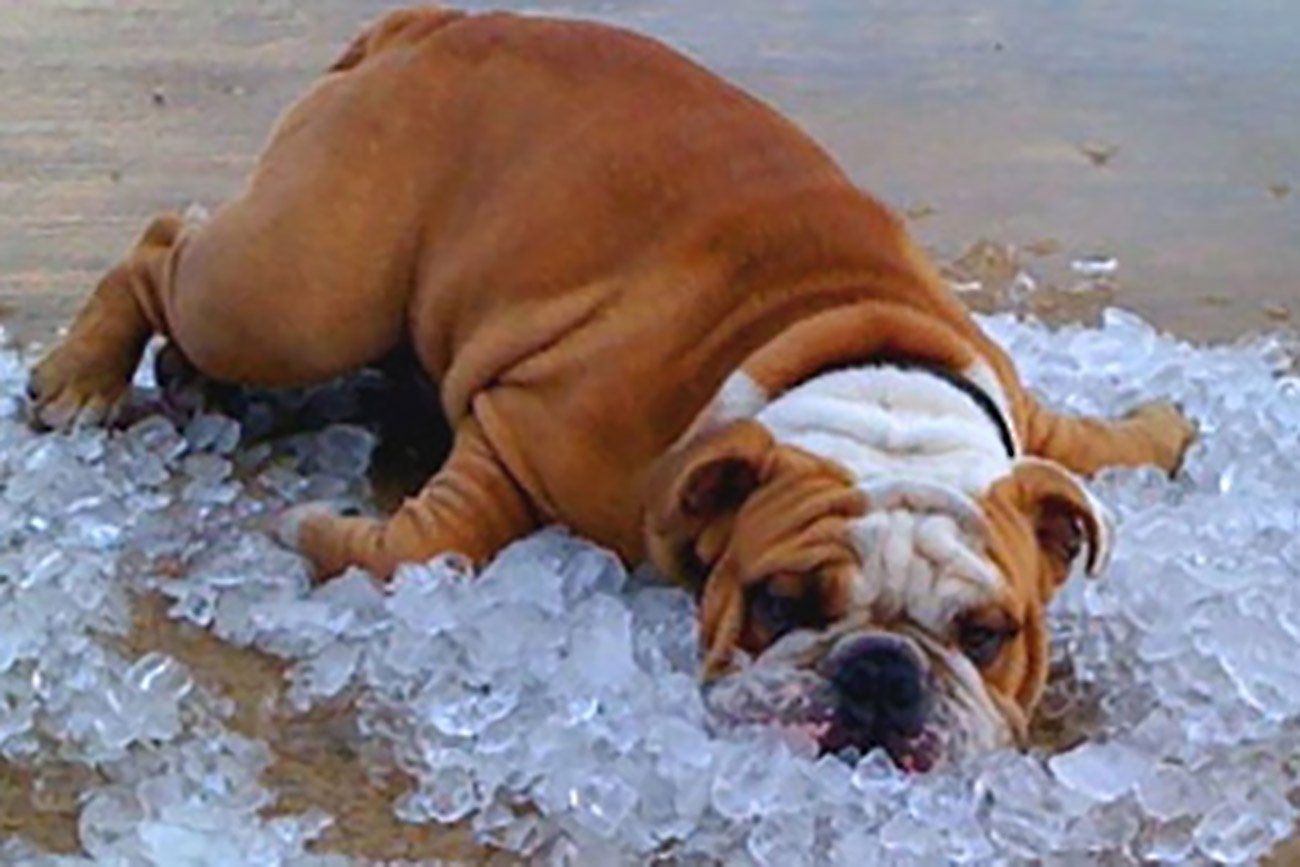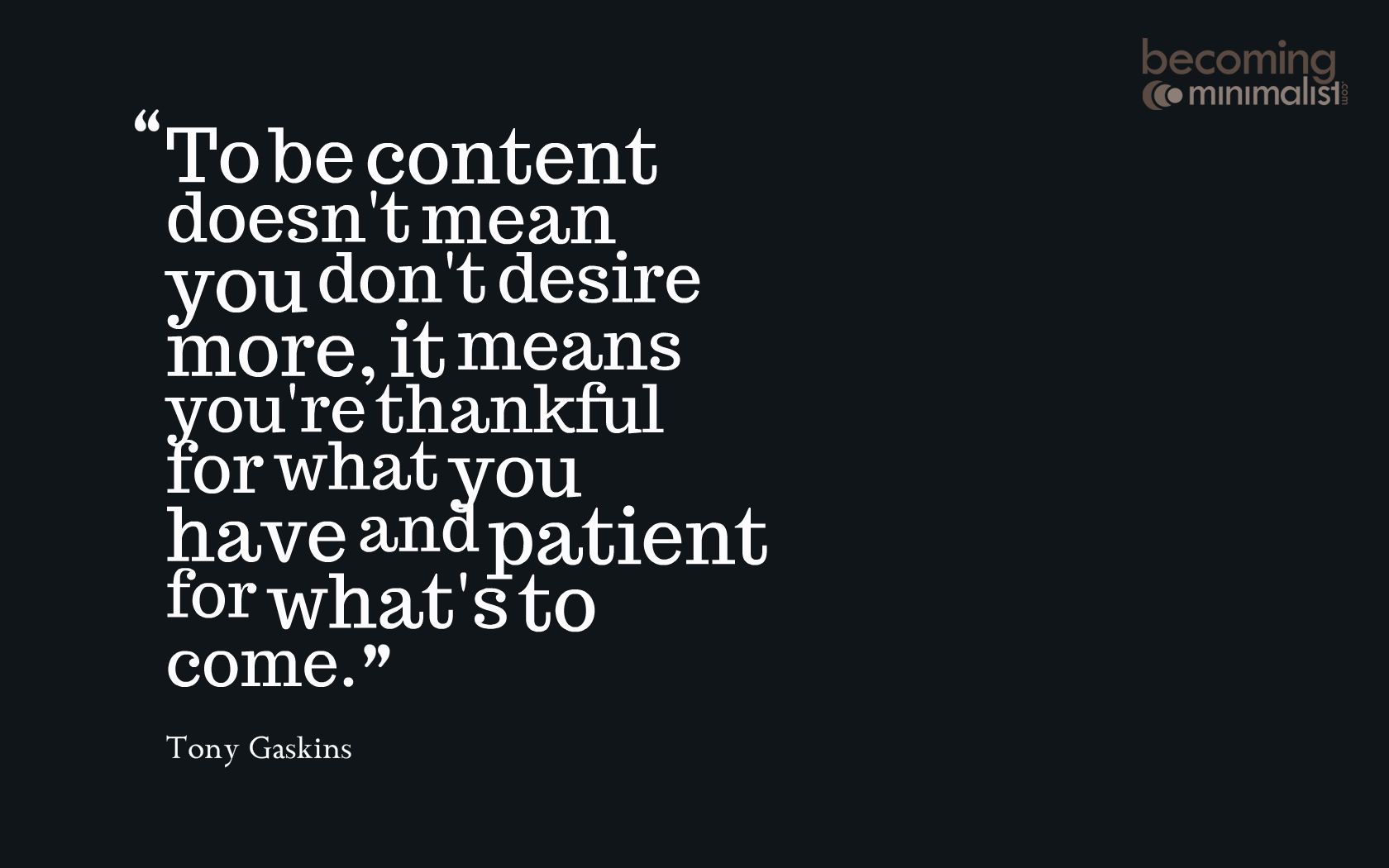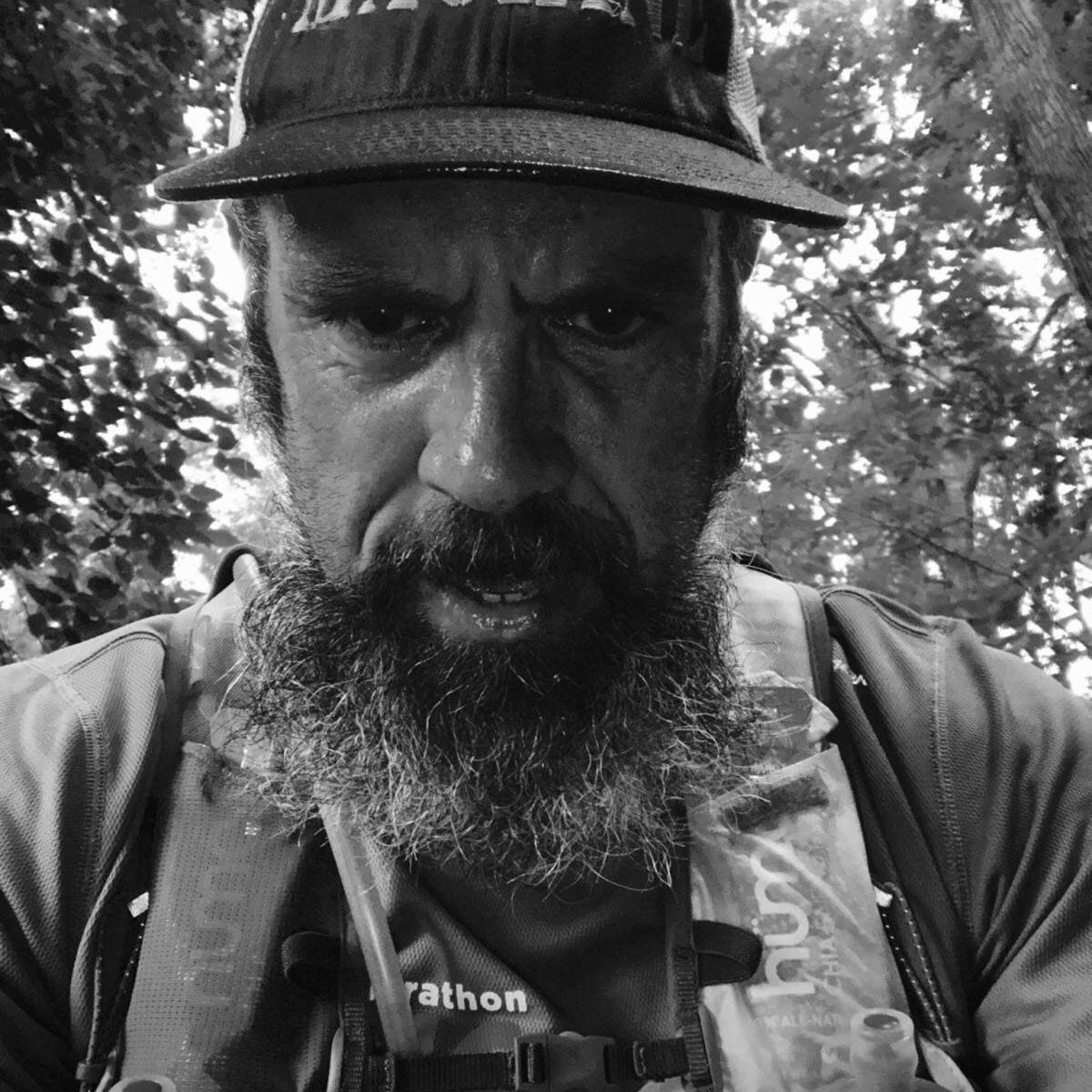(This post is meant to be fun, but still share some experience and tips. The math isn’t real, or is it?)
Suck – “Be very bad, disagreeable, or disgusting”
Embrace the suck. We hear that a lot in our sport. There’s the definition right out of Webster’s. And, as much as I love our sport, I can tell you, there is a ton of suck to embrace when you run ultra-distances. Blisters suck. Dehydration sucks. Exhaustion sucks. The list goes on and on. So, what do I mean by the exponentiality of the suck, and why is it important to grasp and overcome?
We already concluded that blisters and their ilk suck. Any of these calamities in and of their own right can spoil a run. So, what about when you are dealing with more than one? If you run a 5k, the probability of any one of these issues occurring is extremely low. However, as you increase the distance, the probability increases. Here comes the math, try and keep up… S = Suck, P = Probability, D = Distance, C = Calamity, and V = Severity. Here is our equation for level of suck:
D x P x Cx x V = S
Now, that equation is pretty linear EXCEPT for Cx. Let us now look at the long list of potential calamities:
- Dehydration
- Blisters
- Chafing
- Exhaustion
- Cramping
- Stomach Issues
- Aches and Pains
- Bee Stings
- Weather (Rain, Heat, Cold…)
- Terrain (Mud, Hills, Rocks, Roots…)
- Cell Phone Died (No Selfies)
- Cell Phone is Charged (Too Many Selfies)
The list is practically infinite.
Dealing with cramping sucks. Dealing with cramping and a bee sting really sucks. Dealing with cramping, a bee sting, and hills, takes the suck to a whole new level! All of that and 60 miles to go is a hell that most of us don’t want to think of! But, we must. The truth is, if you look at that equation, it can get worse. In fact, it can always get worse! I’m not saying that to scare you, I’m saying it to prepare you.
THAT is the importance of grasping this concept. It’s the preparation part. There are a couple of ways to use this information to prepare yourself for it. The first is the actual preparation for the race. Ensuring you have a nutrition plan and sticking to it, lubing up sufficiently and often, having a change of clothes, etc. All of these things reduce the probability and severity of the suck.
Then there is the mental preparation. If you understand that the suck is real, and that it will come, you can set the expectation and not be blind-sided by it. This is the “embracing” part. Welcome pain and exhaustion like old friends to the party. “Hey, I know you. I guess we’ll finish this thing together, arm in arm.” If Yogi Berra was an ultra-runner he would say “Ultra-running is ninety percent mental and the other half is physical.” And that will make 110% sense at mile 87, trust me. Once the suck settles in, unless there is a legitimate medical reason to stop, the race is all in your head. Can you take one more step despite the pain?
Let’s end this on a positive note. Although the suck will come, and believe me, it will, it is not permanent. If you put one foot in front of the other, you will finish your race, you will get that medal or buckle, you will drink that beer, and you will get that hot shower that you will regret the second that the chafed areas go nuclear on you. This too shall pass, and you will have one epic story to tell. Consider the suck as the price of admission to becoming a badass. When you have achieved your goal, no one can take it away from you. If anyone argues with that logic, just show them the math…
For behind the scenes photos and comments on my training and personal life, follow me on Instagram: joe_the_runner Strava: Joe Randene YouTube: Joe Runner Facebook: Joe Randene
Questions, comments, feedback? Please leave them in the comments section BELOW and we can have a discussion!
